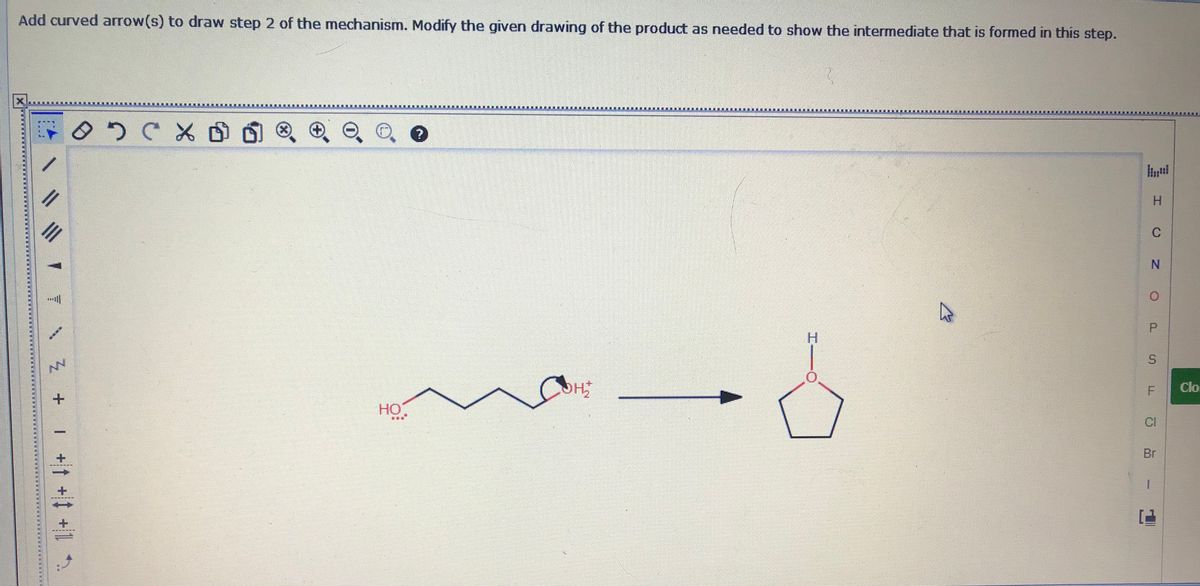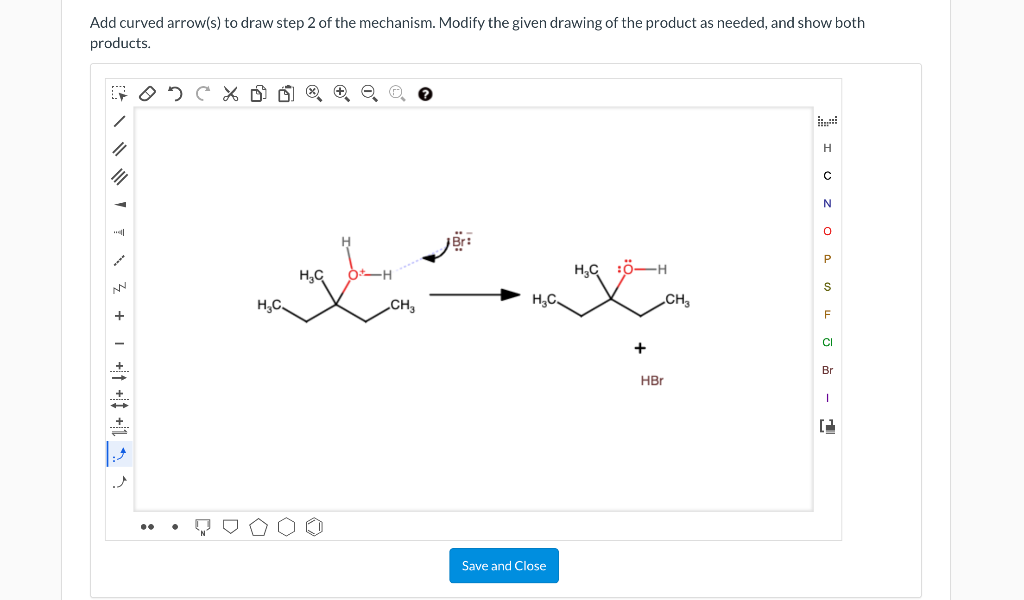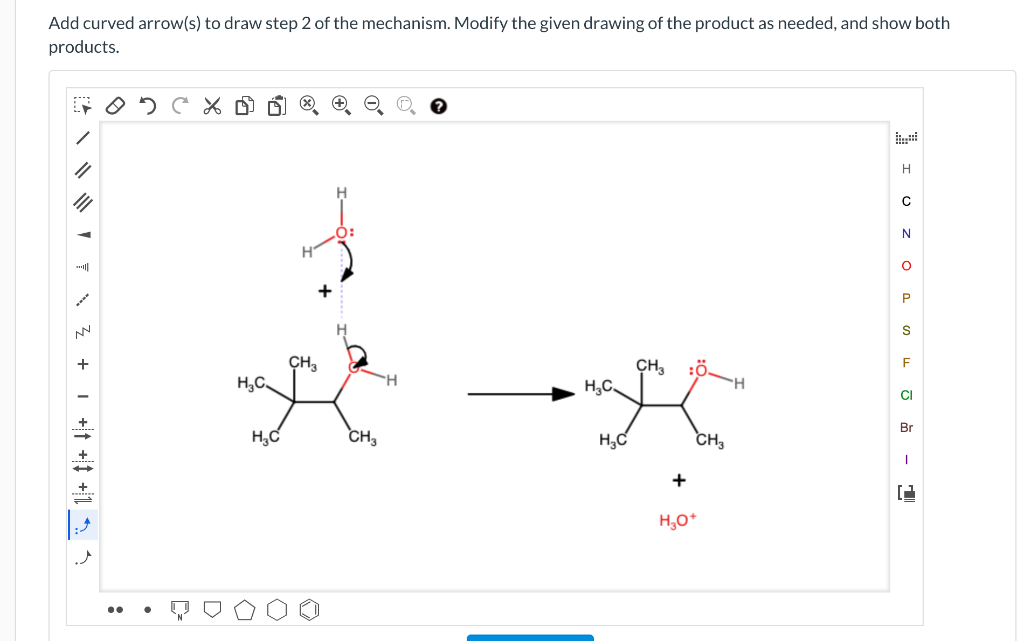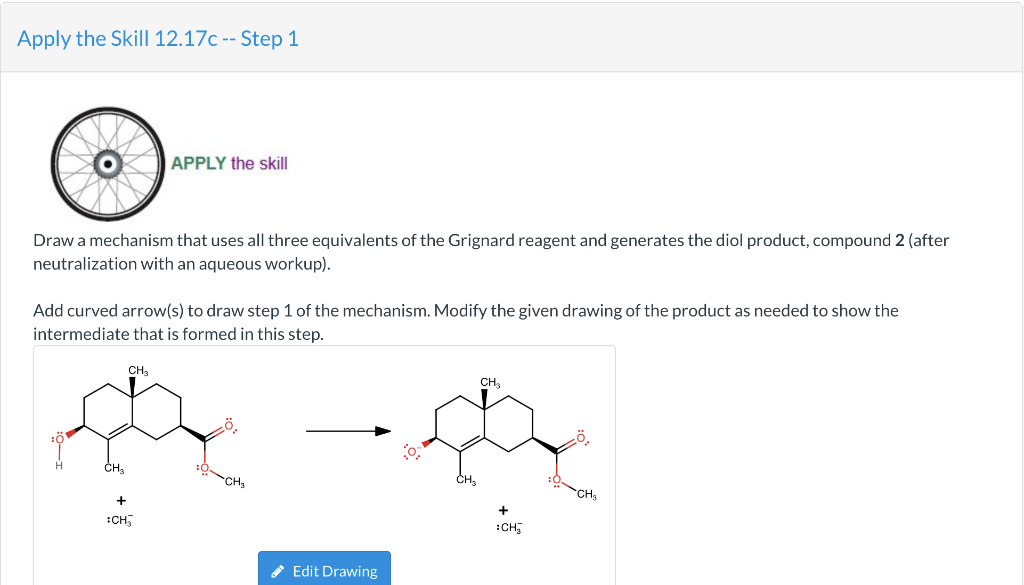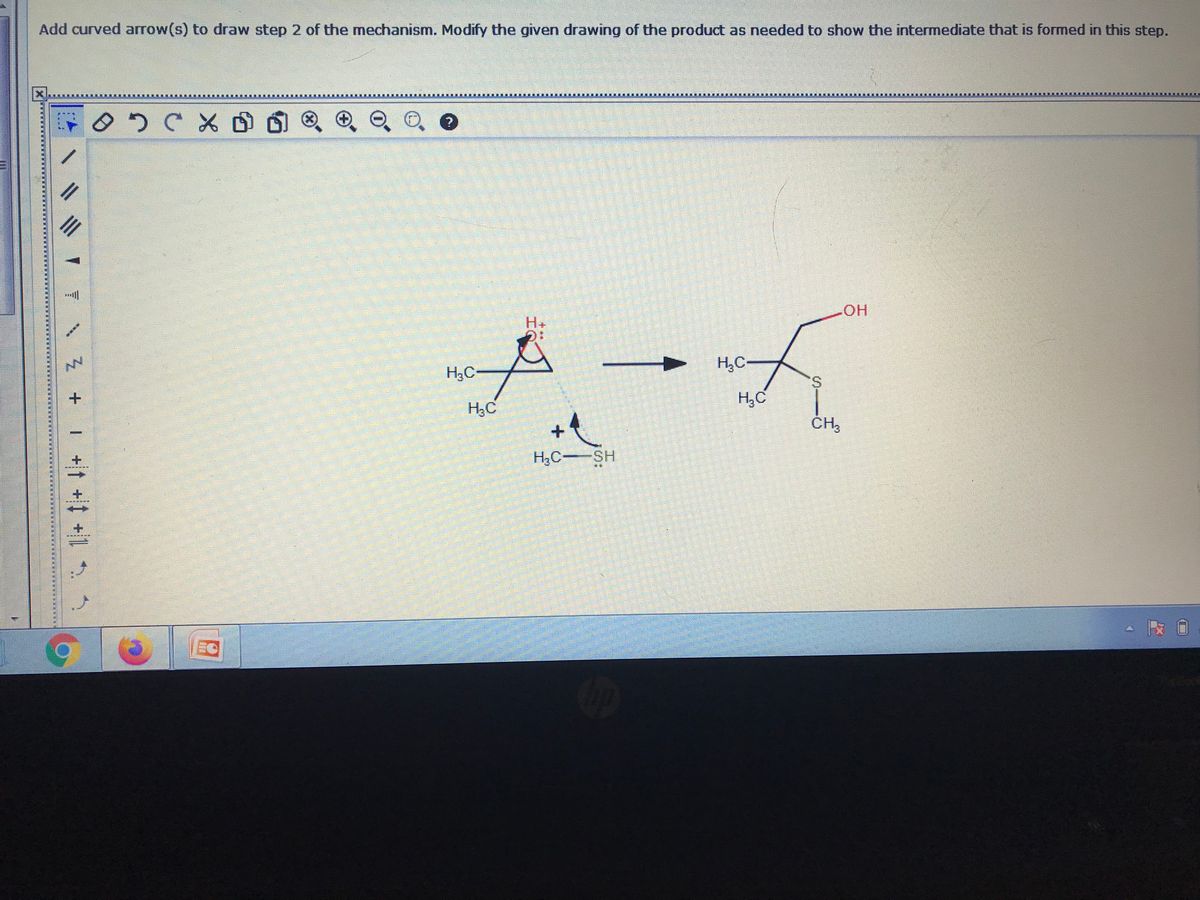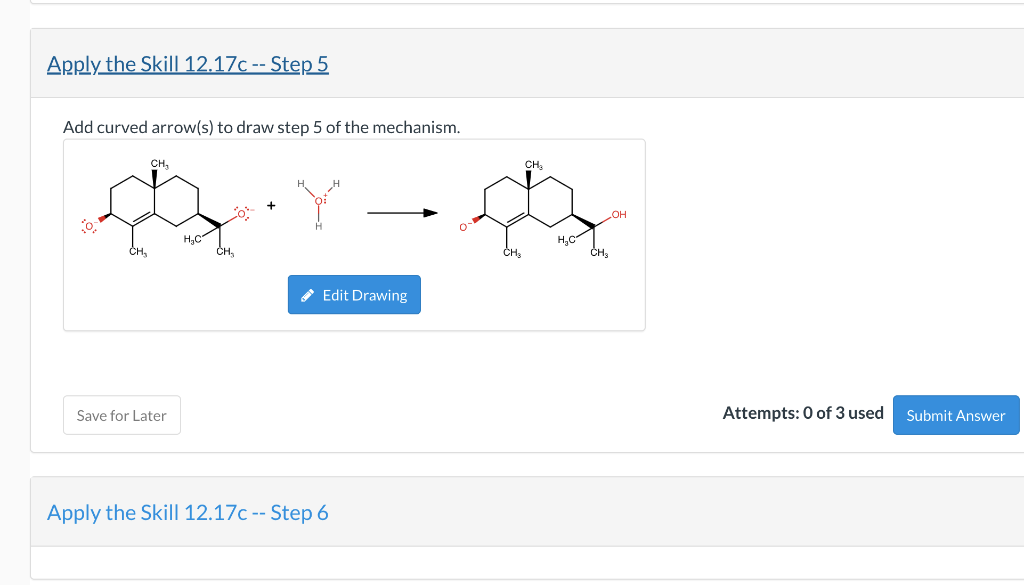Add Curved Arrows To Draw Step 2 Of The Mechanism
Add Curved Arrows To Draw Step 2 Of The Mechanism - You'll get a detailed solution from a subject matter expert that helps you learn core concepts. Add curved arrows to explain the indicated reactivity and classify the reaction as homolytic cleavage or heterolytic cleavage. Web understanding the location of electrons and being able to draw the curved arrows that depict the mechanisms by which the reactions occur is one of the most critical tools for learning organic chemistry since they allow you to understand what controls reactions, and how reactions proceed. Add your answer and earn points. Ho 1) etmgbr 2) h307 add curved arrow(s) to draw step 1 of the mechanism (note that the grignard reagent is represented as a carbanion).
Web science chemistry add curved arrow (s) to draw step 2 of the mechanism. Modify the given drawing of the product as needed to show the intermediate that is formed in this step. Web curved arrows in resonance structures. Add answer +10 pts expert. Web science chemistry chemistry questions and answers add curved arrow (s) to draw step 2 of the mechanism. Add curved arrow (s) to draw step 2 of the mechanism. Add curved arrow (s) to draw step 2 of the mechanism.
[Solved] Draw a curved arrow mechanism of the following reaction. Draw
13.38b2 get help answering molecular drawin add curved arrow (s) to draw the final step of the mechanism. Add answer +10 pts expert. The big difference between these two is that in resonance structures the connectivity of atoms stays the same. The first one is their use is resonance structures and the second is their.
Answered Add curved arrow(s) to draw step 2 of… bartleby
Add curved arrow (s) to draw step 2 of the mechanism. Web add curved arrow (s) to draw step 2 of the mechanism. Add curved arrow (s) to draw step 2 of the mechanism. Add answer +10 pts expert. Web add curved arrows to draw step 2 of the mechanism. You'll get a detailed solution.
Solved Add curved arrow(s) to draw step 2 of the mechanism.
You'll get a detailed solution from a subject matter expert that helps you learn core concepts. Or nu:−) to an electrophilic sink (e or e+). Web this problem has been solved! You'll get a detailed solution from a subject matter expert that helps you learn core concepts. The big difference between these two is that.
Solved Add curved arrow(s) to draw step 2 of the mechanism.
This will form a new bond between the oxygen and hydrogen atoms, creating a water molecule (h2o) as the intermediate product. Add curved arrow (s) to draw step 2 of the mechanism. 13.38b2 get help answering molecular drawin add curved arrow (s) to draw the final step of the mechanism. Modify the given drawing of.
[Solved] Draw a curved arrow mechanism of the following reaction
Classify the following reactions as substituion, addition, elimination, or tautomerization (an example of isomerization. Web you'll get a detailed solution from a subject matter expert that helps you learn core concepts. Or nu:−) to an electrophilic sink (e or e+). Modify the given drawing of the product as needed to show the intermediate that is.
Solved Add curved arrow(s) to draw step 2 of the mechanism.
Add curved arrows to explain the indicated reactivity and classify the reaction as homolytic cleavage or heterolytic cleavage. Web science chemistry chemistry questions and answers add curved arrow (s) to draw step 2 of the mechanism. The first one is their use is resonance structures and the second is their use in demonstrating the mechanisms.
Answered Add curved arrow(s) to draw step 2 of… bartleby
Add answer +10 pts expert. Modify the given drawing of the product as needed to show the intermediate that is formed in this step. Add curved arrow (s) to draw step 2 of the mechanism. This problem has been solved! Ho 1) etmgbr 2) h307 add curved arrow(s) to draw step 1 of the mechanism.
[Solved] . Add curved arrow(s) to draw step 2 of the mechanism. Modify
Modify the given drawing of the product as needed to show the intermediate that is formed in this step. Modify the given drawing of the product as needed, and show both products. Web understanding the location of electrons and being able to draw the curved arrows that depict the mechanisms by which the reactions occur.
Solved Add curved arrow(s) to draw step 2 of the mechanism.
Add answer +10 pts expert. Ho 1) etmgbr 2) h307 add curved arrow(s) to draw step 1 of the mechanism (note that the grignard reagent is represented as a carbanion). The first one is their use is resonance structures and the second is their use in demonstrating the mechanisms of organic reaction. Here’s the best.
Solved Draw the curved arrows for step 2 of this mechanism.
Web it takes practice to use curved arrows properly in reaction mechanisms, but there are a few rules and a few common patterns you should look for that will help you become more proficient: Web understanding the location of electrons and being able to draw the curved arrows that depict the mechanisms by which the.
Add Curved Arrows To Draw Step 2 Of The Mechanism From the lone pair on the oxygen atom to the bond between the oxygen and carbon. Web understanding the location of electrons and being able to draw the curved arrows that depict the mechanisms by which the reactions occur is one of the most critical tools for learning organic chemistry since they allow you to understand what controls reactions, and how reactions proceed. Classify the following reactions as substituion, addition, elimination, or tautomerization (an example of isomerization. You'll get a detailed solution from a subject matter expert that helps you learn core concepts. Web curved arrows in resonance structures.
Modify The Given Drawing Of The Product As Needed To Show The Intermediate That Is Formed In This Step.
You'll get a detailed solution from a subject matter expert that helps you learn core concepts. Web science chemistry chemistry questions and answers add curved arrow (s) to draw step 2 of the mechanism. Modify the given drawing of the product as needed to show the intermediate that is formed in this step. Add curved arrow (s) to draw step 2 of the mechanism.
Rule 1 Electrons Move From A Nucleophilic Source (Nu:
This problem has been solved! Add answer +10 pts expert. This will form a new bond between the oxygen and hydrogen atoms, creating a water molecule (h2o) as the intermediate product. Modify the given drawing of the product as needed to show the intermediate that is formed in this step.
Here's The Modified Drawing With Curved Arrows For Step 2 And Both Products:
From the lone pair on the oxygen atom to the bond between the oxygen and carbon. Add your answer and earn points. Add the correct arrow to each expression below using your knowledge of chemistry. Or nu:−) to an electrophilic sink (e or e+).
Draw A Mechanism For The Following Reaction:
Web curved arrows in resonance structures. Web understanding the location of electrons and being able to draw the curved arrows that depict the mechanisms by which the reactions occur is one of the most critical tools for learning organic chemistry since they allow you to understand what controls reactions, and how reactions proceed. Modify the given drawing of the product as needed to show the intermediate that is formed in this step. Web it takes practice to use curved arrows properly in reaction mechanisms, but there are a few rules and a few common patterns you should look for that will help you become more proficient:

